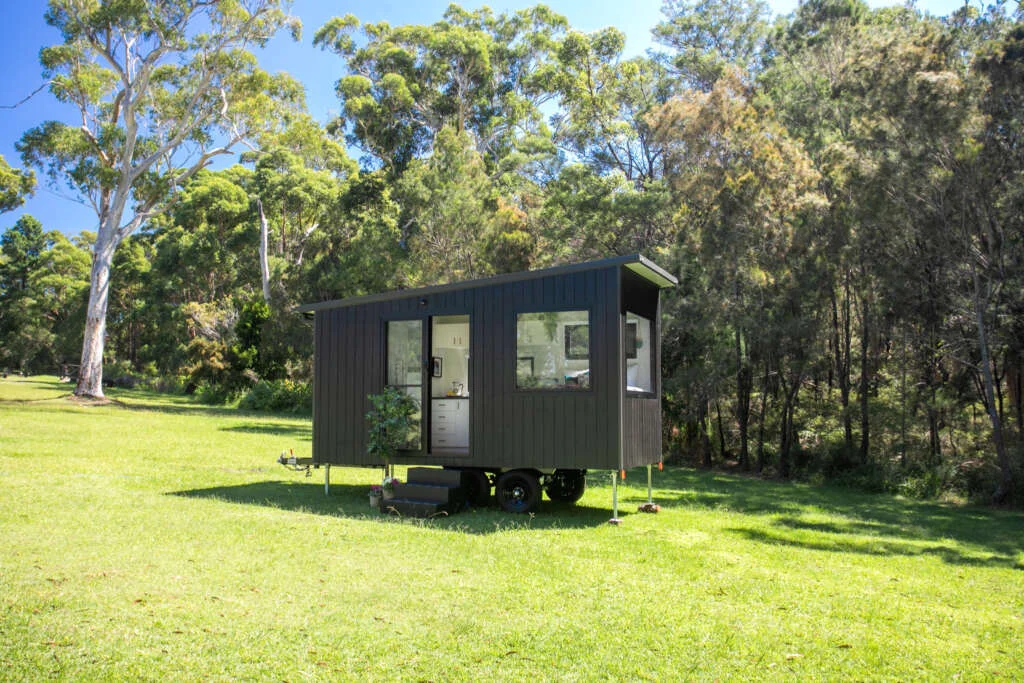You’ve probably heard of the tiny home movement, where people opt for minimalist living in compact, charming houses. But have you ever wondered about the legal side of owning a tiny home? From zoning regulations to building codes, there are several legal requirements that you need to know before embarking on your tiny home journey. In this article, we will explore the various legal aspects of tiny home living, ensuring you have all the information you need to navigate this unique housing trend.
Zoning Laws
Residential Zoning Regulations
When it comes to legal requirements for tiny homes, one of the most important aspects to consider is residential zoning regulations. These regulations determine where and how you can place your tiny home. Zoning laws vary by municipality, but generally, they divide areas into different zones based on their designated uses, such as residential, commercial, or industrial. It is crucial to check if your desired location allows for tiny homes and what specific regulations apply to them.
Residential zones typically permit single-family homes, but the definition of a “home” can vary. Some areas may include tiny homes within their definition, while others may have specific guidelines regarding minimum square footage or design features. Familiarize yourself with the zoning regulations in your area to ensure that your tiny home complies with the requirements.
Accessory Dwelling Units (ADUs)
An alternative option for those interested in tiny homes is the concept of Accessory Dwelling Units (ADUs). These are separate living spaces located on the same property as a primary residence. ADUs are gaining popularity as a solution to affordable housing, and many local governments have revised their zoning laws to accommodate them.
ADUs can come in different forms, including converted garages or separate tiny homes. The regulations for ADUs often contain specific guidelines regarding their size, design, and proximity to the main residence. Some areas may require a permit for ADUs, while others may have restrictions on whether they can be used as rental properties or for family members only.
Mobile Home Parks
Another legal option for tiny home living is to place your home in a mobile home park. Mobile home parks are designated areas where individuals can rent a space to park their tiny home. These parks often have specific regulations relating to size, design, and utilities.
Before choosing a mobile home park, it is crucial to research and visit different parks in your area. Look for parks that accept tiny homes and are known for their friendly regulations. Keep in mind that living in a mobile home park might significantly limit your freedom in terms of location and potentially restrict some of the unique experiences associated with tiny home living.
Community Land Trusts
Community Land Trusts (CLTs) offer an innovative and cooperative approach to land ownership. CLTs are nonprofit organizations that acquire and hold land for the benefit of the community. They aim to create permanently affordable housing opportunities and ensure long-term community stewardship of the land.
CLTs typically lease the land to homeowners, allowing them to build their tiny homes while maintaining ownership of the structure. This arrangement helps bypass the expensive land acquisition process. The regulations and requirements for CLTs vary by organization, so it is crucial to research and connect with local CLTs to understand their specific guidelines.
Building Codes
International Residential Code (IRC)
When constructing a tiny home, adhering to building codes is essential to ensure safety and compliance with legal requirements. The International Residential Code (IRC) is a widely adopted set of regulations that provide guidelines for building and construction practices.
The IRC covers various aspects of construction, including structural design, fire safety, plumbing systems, electrical systems, and more. Although the IRC does not specifically address tiny homes, it serves as a valuable resource for building professionals and tiny home enthusiasts looking to ensure their structures meet minimum safety standards.
Local Building Codes
While the IRC sets a standard, local building codes often take precedence. Each jurisdiction may have its own specific building codes that must be followed when constructing a tiny home. These codes may address issues related to climate, seismic activity, or specific regional considerations.
It is crucial to research and understand the local building codes in your area before starting your tiny home project. Familiarize yourself with the specific requirements regarding foundation types, insulation, energy efficiency, plumbing, and electrical systems. Consulting with a licensed professional familiar with local codes can help ensure that your tiny home meets all necessary standards.
Alternative Building Codes
In addition to the IRC and local building codes, some areas offer alternative building codes that cater to unconventional or alternative housing options, including tiny homes. These codes may provide more flexibility in terms of size, design, and construction methods.
Alternative building codes often encourage sustainable and eco-friendly practices, allowing for greater creativity and innovation in tiny home construction. It is essential to research if your area has alternative building codes and determine if they align with your desired approach to tiny home living.
Occupancy and Safety Regulations
Occupancy and safety regulations ensure that a dwelling is safe and habitable for its residents. These regulations may include requirements for ventilation, heating, lighting, and egress during emergencies. While specific regulations vary, they generally aim to protect occupants and prevent potential hazards.
When designing and constructing a tiny home, it is essential to consider these occupancy and safety regulations. Ensure that your tiny home has proper ventilation systems, meets fire safety standards, and provides adequate emergency exits. Consulting with building professionals or local authorities can help you navigate these regulations and ensure compliance.
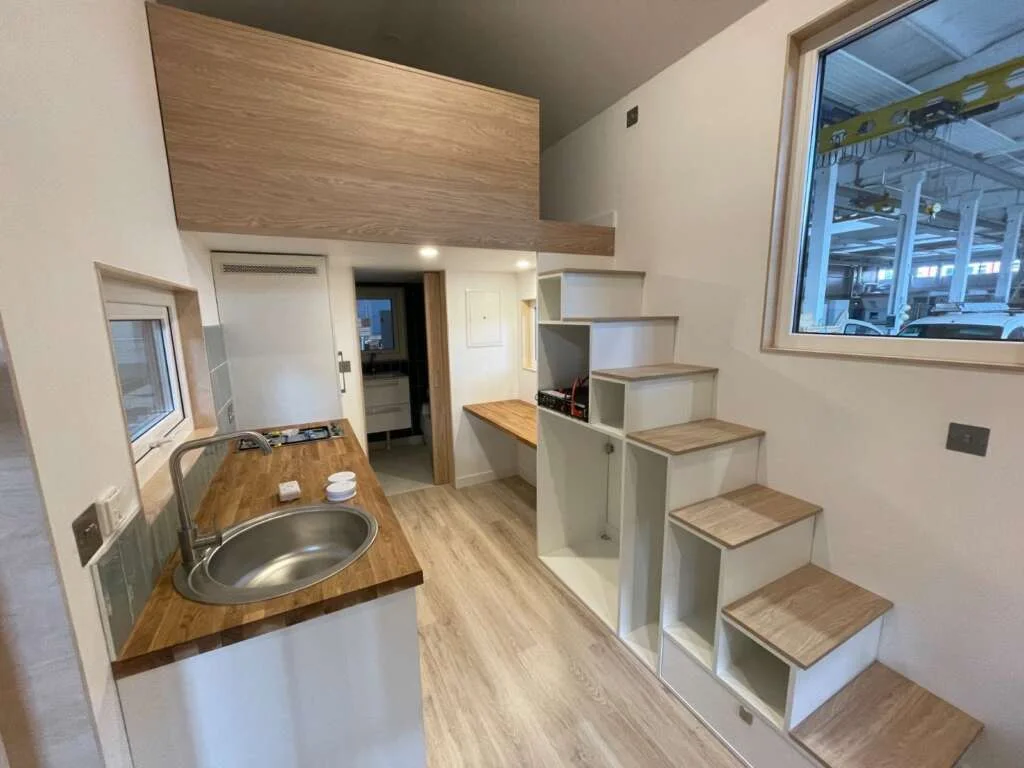
Land Ownership and Leasing
Buying or Renting Land
When planning to live in a tiny home, one of the primary considerations is land ownership or leasing. There are multiple options available, depending on your preferences and financial situation. You can choose to buy land and have full ownership, rent a piece of land, or lease a space within a tiny home community.
Buying land allows for the most freedom and independence but comes with the responsibility of property maintenance and potential costs associated with utilities and infrastructure. Renting land provides the flexibility to move locations but may be subject to lease agreements and potential restrictions from property owners.
Tiny Home Communities
Joining a tiny home community is a popular option for those seeking a sense of community and shared resources. Tiny home communities often provide access to shared amenities such as gardens, common areas, and infrastructure like electricity and water. These communities promote sustainable living and can be an excellent way to connect with like-minded individuals.
When considering a tiny home community, research their specific regulations and requirements. Some communities have size restrictions, style guidelines, or even age restrictions. It is crucial to find a community that aligns with your values and goals for tiny home living.
Leasing Land or Park Space
If you prefer the flexibility of leasing land or living in a mobile home park, there are numerous options available. Many landowners allow individuals to lease space on their property for tiny homes. This arrangement often includes access to utilities and infrastructure, eliminating the need to navigate permits and installations independently.
When leasing land or park space, ensure that you have a clear understanding of the lease agreement, including the duration, rent, and any specific regulations or restrictions. It is also essential to establish a good rapport with the landowner or park management to ensure a positive living experience.
Cooperative Ownership
Cooperative ownership refers to a situation where multiple individuals jointly own a piece of land and its associated structures. This model allows for shared responsibility, decision-making, and cost-sharing. Cooperative ownership can be an ideal solution for individuals interested in a collective and cooperative approach to tiny home living.
In a cooperative ownership scenario, each owner typically has their own tiny home on the shared land. Together, owners govern decisions related to the land and may develop specific agreements regarding maintenance, utilities, and infrastructure. Cooperative ownership requires careful planning, clear communication, and a shared vision for the community.
Permits and Licenses
Building Permits
Before starting the construction of your tiny home, it is essential to obtain the necessary building permits. Building permits are legal documents that grant you permission to construct or modify a structure. They ensure that your project complies with local building codes, zoning regulations, and safety standards.
The process of obtaining a building permit varies by jurisdiction but generally involves submitting detailed plans and specifications of your tiny home to the local building department. It is crucial to work with professionals or consultants familiar with the local regulations to ensure all necessary documents are included in your permit application.
Electrical and Plumbing Permits
In addition to the building permit, you may also need separate permits for electrical and plumbing work. These permits ensure that your electrical and plumbing systems meet safety standards and adhere to legal requirements. Electrical permits generally require the involvement of a licensed electrician, while plumbing permits may require a licensed plumber.
Obtaining these permits involves submitting detailed plans and specifications for review by the appropriate authorities. It is crucial to work with licensed professionals to ensure compliance with all electrical and plumbing regulations. Failure to obtain these permits can result in legal consequences and potential safety hazards.
Transport Permits
If you plan to transport your tiny home, whether on wheels or not, you may need to obtain transport permits. These permits allow for the legal movement of oversized loads and ensure compliance with road safety regulations. Each state or province has its own requirements and regulations for transporting houses or structures.
Transport permits typically involve submitting detailed plans and specifications of your tiny home along with proposed travel routes and schedules. It is essential to research and understand the permit requirements in the jurisdictions you plan to travel through. Violating transport laws can result in fines, delays, or even confiscation of your tiny home.
Certificate of Occupancy
Once your tiny home is completed and ready for occupancy, you may need to obtain a Certificate of Occupancy (CO). A CO is a document issued by the local building department, indicating that your home meets all necessary building codes, health, and safety regulations.
To obtain a CO, your tiny home will undergo an inspection by the building department. This inspection ensures that your home meets all relevant codes and is safe for occupancy. It is crucial to ensure that your home complies with all building regulations and address any identified issues before the inspection.
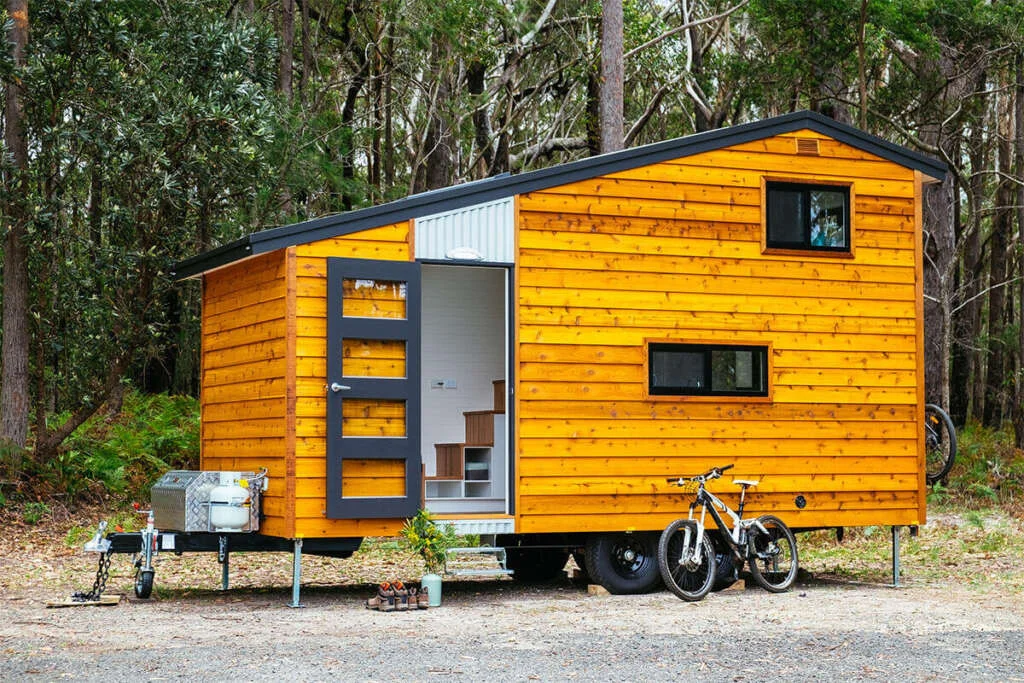
Size and Design Requirements
Minimum Square Footage
Local zoning laws may include minimum square footage requirements for residential dwellings, including tiny homes. These requirements aim to ensure that homes provide adequate living space for their occupants. The minimum square footage can vary significantly from one jurisdiction to another, so it is essential to research the specific regulations applicable to your desired location.
Some areas may have specific guidelines for tiny homes, accommodating their smaller size. However, others may impose size restrictions that make it challenging to build a tiny home. Understanding the minimum square footage requirements in your area is essential to ensure that your tiny home complies with the zoning laws.
Height Restrictions
Another design aspect regulated by zoning laws is the height of structures, including tiny homes. Height restrictions ensure that structures blend harmoniously with the surrounding neighborhood and adhere to safety standards, such as overhead utility lines.
While tiny homes are typically shorter in height than traditional houses, they still need to comply with any height restrictions in your area. It is essential to determine the maximum height allowed for your structure and incorporate it into your design plans.
Materials and Construction Standards
Zoning laws and building codes often include regulations regarding materials and construction standards. These regulations aim to ensure that structures are safe, durable, and compatible with the surrounding environment.
When constructing your tiny home, it is crucial to use materials that meet the specified requirements. Research the approved materials in your area, such as insulation, roofing, siding, and structural components. Following the prescribed construction standards will not only ensure compliance but also contribute to the longevity and quality of your tiny home.
Foundation Requirements
The type of foundation required for a tiny home can vary depending on local regulations and building codes. Some areas may allow for a variety of foundation types, including traditional concrete or block foundations, while others may require specific approaches.
Research the foundation requirements in your area to determine what options are available and suitable for your tiny home. Additionally, consider the long-term durability and stability of your chosen foundation, as it plays a crucial role in ensuring the structural integrity of your tiny home.
Utilities and Infrastructure
Water and Sewer Connections
When deciding where to place your tiny home, access to water and sewer connections is a critical consideration. Some locations, such as mobile home parks or tiny home communities, provide these connections as part of their amenities. In other cases, you may need to arrange for water and sewer connections independently.
If you plan to purchase or lease land, research the availability and cost of connecting to municipal water and sewer lines. Alternatively, you may need to explore options such as private well water or on-site wastewater treatment systems. Ensuring access to these essential utilities is essential for a comfortable and functional tiny home living experience.
Electrical Hookups
Providing electrical power to your tiny home is necessary for lighting, appliances, and other electrical needs. Depending on your location, electrical hookups may be available as part of a rented space, tiny home community, or mobile home park. However, if you are purchasing land or leasing independently, you will need to make arrangements for an electrical connection.
Consult with licensed electricians to determine the power requirements of your tiny home and explore options for connecting to the electrical grid. In some cases, you may need to install a separate electrical meter to ensure accurate billing and adherence to local regulations.
Gas and Propane Compliance
If you plan to utilize gas or propane for cooking, heating, or other purposes in your tiny home, ensure compliance with local regulations and safety standards. Some areas have specific requirements regarding the installation and use of gas or propane appliances.
Consult with professionals who specialize in gas or propane systems to ensure that the installation and usage of these fuel sources meet all necessary regulations. Safety considerations are particularly crucial when working with gas or propane, so it is essential to take the necessary precautions to protect yourself and your tiny home.
Waste Management
Addressing waste management is an important aspect of tiny home living. Depending on your location, waste management options may include connections to municipal trash and recycling services, onsite composting, or septic systems for handling wastewater.
Research and understand the waste management options available to you and ensure compliance with local regulations. Make necessary arrangements to handle your waste responsibly, minimize your environmental impact, and maintain the cleanliness and livability of your tiny home.
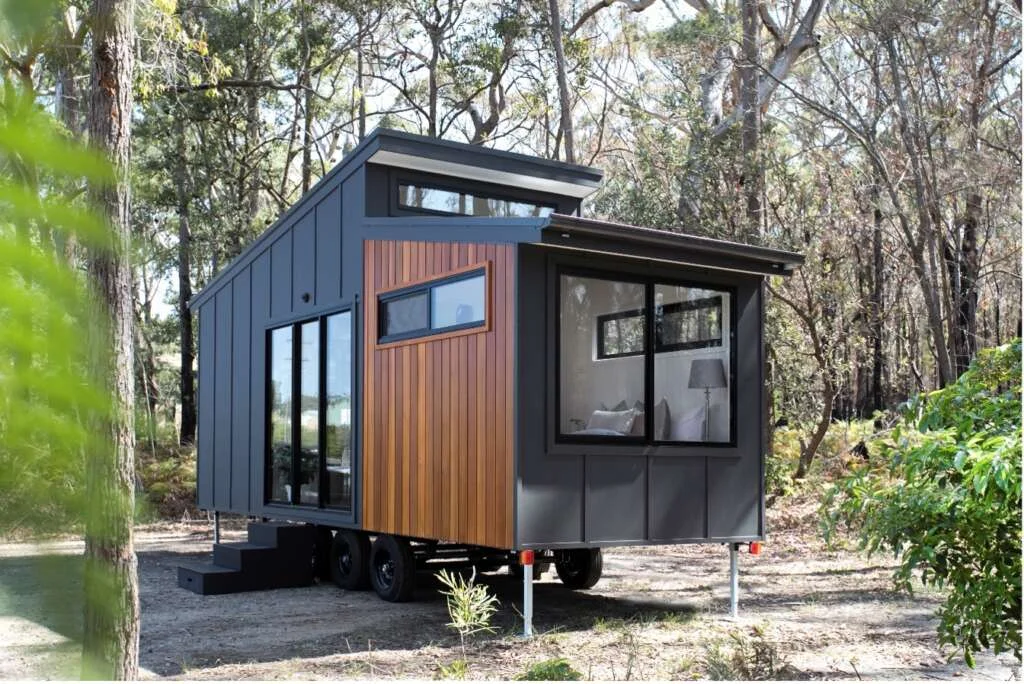
Environmental Impact
Energy Efficiency Standards
Promoting energy efficiency is a crucial aspect of sustainable living, and many jurisdictions have specific energy efficiency standards in place. These standards aim to reduce the carbon footprint of residential buildings and enhance energy conservation efforts.
When designing and constructing your tiny home, consider incorporating energy-efficient features such as insulation, energy-efficient appliances, LED lighting, and renewable energy systems. Meeting or exceeding energy efficiency standards not only helps protect the environment but can also lead to cost savings in the long run.
Sustainable Building Practices
Sustainable building practices involve minimizing the environmental impact of construction and maximizing the use of environmentally friendly materials and techniques. These practices can include using recycled or reclaimed materials, implementing water-saving features, and prioritizing renewable energy sources.
Research sustainable building practices applicable to tiny homes and consider incorporating them into your design and construction plans. By embracing sustainability, you can reduce your ecological footprint and contribute positively to the environment.
Water Conservation
Conserving water is a critical practice for sustainable living, particularly in areas prone to water scarcity or drought. Consider implementing water-saving features in your tiny home, such as low-flow fixtures, rainwater harvesting systems, or dual-flush toilets.
Research the water conservation strategies most effective in your area and apply them in your tiny home to ensure responsible water usage. Conserving water not only benefits the environment but can also lead to reduced water bills and increased self-sufficiency.
Waste and Recycling
Proper waste management and recycling practices are crucial for environmental sustainability. Incorporate recycling bins and stations within your tiny home to facilitate responsible waste disposal. Research local recycling programs and guidelines to ensure compliance with recycling standards in your area.
Additionally, consider reducing waste by embracing minimalism and conscious purchasing habits. By choosing sustainable materials and constructing a durable tiny home, you can contribute to reducing construction waste and the overall environmental impact of your living space.
Insurance
Homeowner’s Insurance
For homeowners, obtaining adequate insurance coverage is crucial to protect their investment and assets. Homeowner’s insurance policies provide financial protection in case of damage, theft, or liability claims. However, insuring a tiny home can present unique challenges due to their size, mobility, and alternative construction methods.
When seeking homeowner’s insurance for your tiny home, it is crucial to research insurance providers that specialize in tiny home coverage. Compare policies, coverage limits, and premiums to find the best fit for your needs. Be prepared to provide detailed information about your tiny home’s construction, features, and location to obtain accurate quotes.
RV Insurance
If your tiny home is designed for mobility and classified as a recreational vehicle (RV), obtaining RV insurance may be necessary. RV insurance typically covers liability, collision, and comprehensive coverage while the RV is in motion or parked.
When applying for RV insurance, work with providers familiar with insuring RVs or tiny homes. Evaluate different policies and coverage options, including coverage for personal belongings, emergency expenses, and roadside assistance. Selecting the appropriate RV insurance ensures that you have the necessary protection when living a mobile tiny home lifestyle.
Liability Insurance
Liability insurance covers potential legal and financial liabilities in case of accidents, injuries, or property damage. If you plan to host guests or operate a business from your tiny home, it is important to consider liability insurance.
Consult with insurance providers to understand the liability coverage options available for your specific situation. Liability insurance can provide peace of mind and protect your assets in case of unexpected incidents or accidents.
Flood and Fire Insurance
While homeowner’s or RV insurance policies provide coverage for some risks, additional coverage may be necessary for specific hazards such as floods or fires. Depending on your location and the susceptibility of your tiny home to these risks, purchasing separate flood or fire insurance may be advisable.
Research the flood and fire insurance options available in your area and consult with insurance agents to discuss your coverage needs. These additional policies can offer added protection and financial security in case of unexpected natural disasters or accidents.
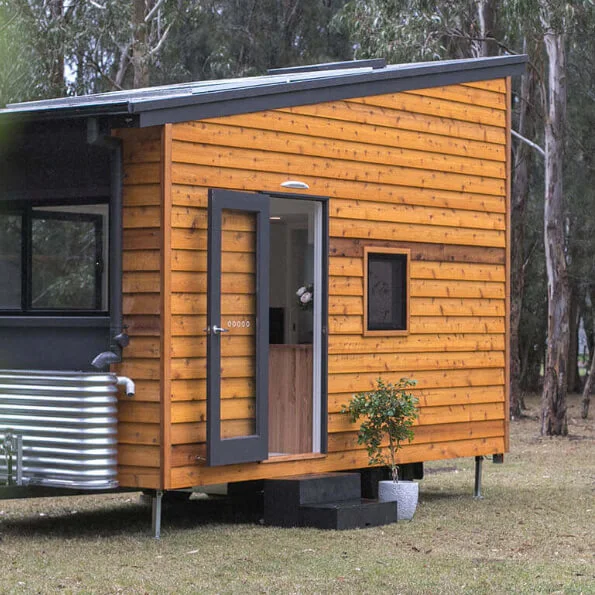
Tax Considerations
Property Taxes
Property taxes are an important financial consideration for all property owners, including tiny home owners. The amount of property tax you owe depends on the assessed value of your property as determined by local authorities. However, the tax implications for tiny homes can vary, depending on their classification and location.
Research how property taxes are calculated for tiny homes in your area. Some jurisdictions may classify tiny homes as ADUs, mobile homes, or recreational vehicles, each with its own tax regulations. Familiarize yourself with these regulations to accurately estimate your property tax obligations.
Personal Property Taxes
In some areas, personal property taxes are levied on movable properties, including recreational vehicles and certain types of tiny homes. These taxes are separate from property taxes and are often based on the value and classification of the personal property.
Check if your jurisdiction imposes personal property taxes on tiny homes and understand the requirements and payment schedules. Budgeting for these additional taxes ensures that you meet your financial obligations and avoid any penalties or legal consequences.
Income Taxes
If you decide to use your tiny home as a source of rental income, you may need to consider the income tax implications. Rental income is generally subject to taxation, and you will need to report your rental earnings on your annual tax return.
Consult with a tax professional to understand the specific income tax requirements for rental properties in your area. They can guide you through the process of tracking your rental income, allowable deductions, and the necessary forms to report your earnings accurately.
Tax Deductions and Credits
Tax deductions and credits can help offset the financial burdens of owning and maintaining a tiny home. Deductions are expenses that may reduce your taxable income, while credits directly reduce your tax liability. However, the availability and eligibility of deductions and credits can vary, so it is essential to research the specific regulations in your jurisdiction.
Common deductions or credits for homeowners may include mortgage interest, property tax, energy-efficient upgrades, or home office expenses. Consult with a tax professional to identify potential deductions or credits applicable to your situation and ensure compliance with tax laws.
Local Regulations and Bylaws
Historic Districts and Preservation
Some areas have designated historic districts and preservation regulations aimed at protecting historically significant structures and neighborhoods. These regulations may place restrictions on modifications, additions, or new constructions within these districts.
Research if your desired location falls within a historic district and understand the associated regulations. If constructing a tiny home in a historic district is allowed, you may need to adhere to additional guidelines to ensure compliance with preservation requirements.
Housing Density Regulations
Housing density regulations dictate the number of residential units allowed within a specific area. These regulations aim to manage population density, infrastructure demands, and preserve neighborhood character.
In some cases, tiny homes may be subject to these housing density regulations. Familiarize yourself with the specific regulations in your area to determine if there are any limitations on the number of tiny homes allowed on a property or within a particular neighborhood.
Tiny Home-Specific Regulations
As tiny homes gain popularity, some jurisdictions have established specific regulations catered to these unique housing options. These regulations may include minimum square footage requirements, design standards, or zoning classifications specific to tiny homes.
Research if your area has any tiny home-specific regulations and determine how these regulations may impact your plans. Embracing and adhering to these regulations may facilitate a smoother approval process and ensure compliance with local laws.
HOA Restrictions
If you plan to live in a tiny home community or subdivision governed by a homeowners’ association (HOA), it is crucial to understand the HOA restrictions. HOAs often have rules and regulations dictating acceptable architectural styles, exterior features, color palettes, and landscaping.
Familiarize yourself with the HOA restrictions before committing to a community or purchasing land within a subdivision. Ensure that the HOA’s regulations align with your preferences and vision for your tiny home. This will help avoid unnecessary conflicts and ensure a harmonious living environment.
In summary, understanding and complying with legal requirements are essential when considering tiny home living. Zoning laws, building codes, land ownership, permits and licenses, design requirements, utilities and infrastructure, environmental impact, insurance, tax considerations, and local regulations all play a significant role in determining the viability and legality of living in a tiny home. By conducting thorough research, consulting professionals, and working within the established legal framework, you can enjoy the unique benefits of tiny home living while ensuring a safe and compliant living environment.
